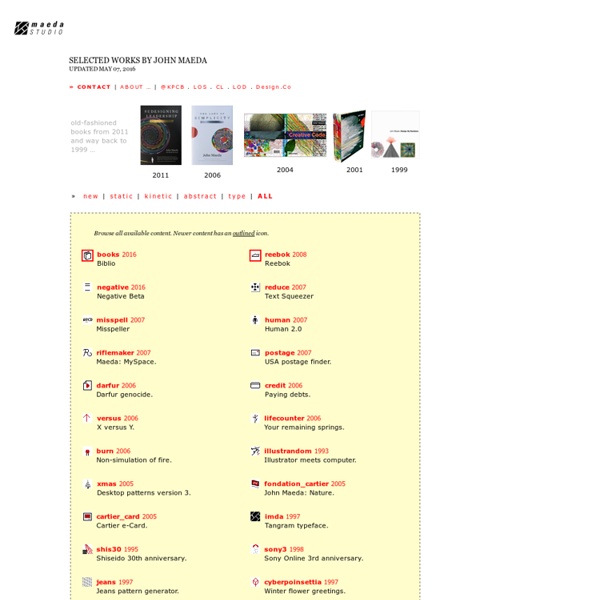



Internet Archaeology Syntactic Theory of Visual Communication Paul Martin Lester, Ph.D. Professor Department of Communications California State University at Fullerton Fullerton, California 92634 VOX: 657/278-4604 FAX: 657/278-2209 VAX: lester@fullerton.edu (c) 2006 There can be no words without images. Archeologists in the year 3706 uncovering the buried ruins of any major city in the world will no doubt find text on billboards, storefronts, traffic signs, and so on in the languages we know and use today. Before we are four years old, most of us have learned The Alphabet Song. Before children learn to read and write, they do not know the difference between a line drawing and a letter. Early on however, we are taught to make distinctions between words and pictures and to not think of them in the same way. In the Disney classic, Beauty and the Beast, the macho Gaston satirizes Belle's reading habits. There are strong indications that the status of images is improving. A brave new (visual) world The syntax of symbols I delight in photographs.
design numérique - juillet 2005 samedi 30 juillet 2005 navigation par la couleur Par Étienne, samedi 30 juillet 2005 :: design numérique Voici un système de navigation par la couleur très intuitif, permettant de se déplacer dans une base de données images. Vous choisissez une couleur et automatiquement le programme vous affiche une série de photos correspondantes à votre choix. un commentaire :: 2009 lectures vendredi 29 juillet 2005 Fold n'Drop Par Étienne, vendredi 29 juillet 2005 :: design numérique Voici un nouveau système imaginé par Pierre Dragicevic vous permettant de naviguer entre vos fenêtres sur votre écran, à cette adresse aucun commentaire :: 2053 lectures mercredi 27 juillet 2005 navigation visuelle dans une base donnée Par Étienne, mercredi 27 juillet 2005 :: design numérique Voici un système de navigation visuelle très fluide et rapide dans une base de données. aucun commentaire :: 1493 lectures mardi 26 juillet 2005 typo cinétique aucun commentaire :: 3808 lectures
Benjamin Gaulon aka RECYCLISM™ :: Hardware Hacking / Recycling ... Design History Mashup © OFFICEABC (MMVIII-BEYOND) - Brice Domingues & Catherine Guiral Create Digital Music » Thought and Performance, Live Coding Music, Explained to Anyone – Really Algorithms are Thoughts, Chainsaws are Tools from Stephen Ramsay on Vimeo. In an extended video that begins with Radio City’s Rockettes and kettle drum players, Stephen Ramsay explains a litany of technology’s most elusive topics, in terms anyone could understand — no, really. I dare you to ask anyone to watch a few clips of this video, regardless of whether they’re regular readers of this site. I love the title: “Algorithms are Thoughts, Chainsaws are Tools.” I doubt very seriously that live coding is the right performance medium for all computer musicians. That should be a revelation about other computer music performance instruments, even the MPC. The live-coding composer in question is Andrew Sorensen, who has live-coded an orchestra and does, indeed, also use samplers in the tradition of Akai. If you’re messing with code at all, even just to make an occasional bleep in Csound or picture in Processing, it’s worth watching Stephen’s videos. Thanks to Philip Age for the tip.
Thoughts Open-Source Curricula Open-sourced curricula from the MBA in Design Strategy program are now located here . Articles (also in Italian ) The following are articles from column in , The Architect: , December 1998 , November 1998 , October 1998 , July 1998 Business Models for a Post-Consumer World (PDF: From AIGA Pivot confernece and GreenBiz Innovation Forum) Experience Workbook (PDF: updates to the Experience and Meaning Templates) (video) Science Fiction interfaces talk (PDF) (podcast) (video) (video) {*style:<b>InnoFuture presentation (PDF) • Experience Template • Meaning Template </b>*} {*style:<b>New Methods for Experience Design (Boston and Stockholm workshops) </b>*} My aim in my career is to understand the mechanics of communication on a deeper level. Information I believe that the Information Age is just now starting and that we have been in the Age of Data. To me, interface design is the combination of three disciplines: information design, interaction design, and sensorial design. </b>*}
Antenne Books